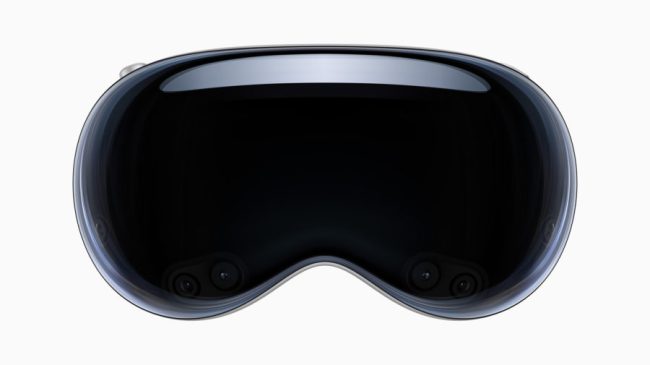
June 5, 2023 – After years of speculation, the day has finally arrived for Apple to announce its XR headset. Today at its Worldwide Developers Conference (WWDC), Apple unveiled “AppleVisionPro'—a revolutionary spatial computing device that seamlessly blends digital content with the physical world, according to the company.
The XR industry as a whole has been patiently waiting for the world's richest companies to bring some sort of augmented reality or virtual reality device to the table, with rumors swirling in recent months about what form (if any) such a device would take. The wait is finally over and the device looks very impressive. We’ve broken down the announcements, cut out some of the redundant hype, and summarized the key points of what may be the most important XR industry announcements of the next decade.
VisionPro 概述
Vision Pro introduces a fully three-dimensional user interface controlled by the user's eyes, hands and voice. Vision Pro features Apple's new spatial operating system, "visionOS," which allows users to interact with digital content in a way that makes it feel like it actually exists in their space. The Vision Pro is designed with an ultra-high-resolution display system containing 23 million pixels across two displays and a custom Apple chip using a dual-chip design.
Immersive experience on Apple Vision Pro
For work, Vision Pro will bring a new dimension to powerful personal computing by changing the way users interact with their favorite apps, capture and relive memories, enjoy TV shows and movies, and connect with others in FaceTime.
The new visionOS features a three-dimensional interface that liberates applications from the boundaries of the monitor so they can be displayed side by side at any ratio. Apple Vision Pro will give users “infinite screen real estate,” access to their favorite apps, and new ways to multitask. It also supports Magic Keyboard and Magic Trackpad, allowing users to wirelessly bring the power of their Mac to Vision Pro to create a massive, private, portable 4K display.
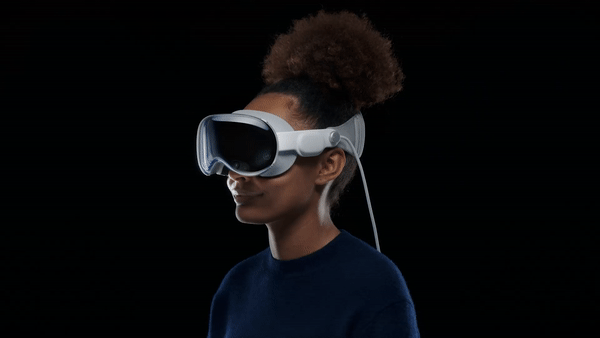
For entertainment, the two ultra-high-resolution displays on the Vision Pro provide a 100-foot-wide screen. The device also features an advanced spatial audio system. Users will be able to watch movies, TV shows or 3D movies.
According to Apple, Apple Immersive Video offers 180-degree high-resolution recording and Spatial Audio, and users will be able to access a range of immersive videos from the device.
When it comes to games, the company simply notes that "spatial computing enables new types of games" but doesn't say any specific games will be available on the device at launch. Users can also play more than 100 Apple Arcade games on any size screen, and the device includes immersive audio and support for popular game controllers.
Camera and photos on Vision Pro
Apple Vision Pro features Apple's first 3D camera, allowing users to capture, relive and immerse themselves in memories with Spatial Audio. Every photo and video taken of the space transports the user back to a moment in time. Users can also access their entire photo library on iCloud and view their photos and videos at life-size, and panoramic photos can be viewed in immersive modes that extend and surround the user.
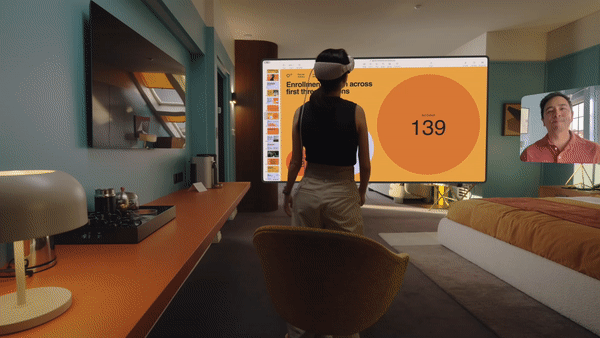
FaceTime on Vision Pro
With Apple Vision Pro, FaceTime calls take full advantage of the space around the user, with everyone on the call reflected in life-size tiles and Spatial Audio, so it sounds like participants are speaking from where they are. . Users wearing the Vision Pro during a FaceTime call are reflected as a "persona" - a digital representation of themselves that reflects facial and hand movements in real time. Users can also do things together, such as watch movies, browse photos, or collaborate on presentations.
Vision Pro App
Apple Vision Pro features a new App Store where users can discover apps and content from developers and access hundreds of thousands of familiar iPhone and iPad apps that automatically work with Vision Pro's new input system use.
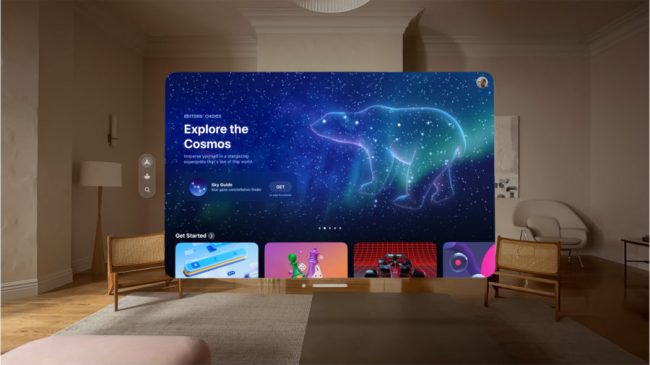
Vision Pro Operating System and User Interface
The new visionOS is designed to support the low-latency requirements of spatial computing. The resulting operating system provides a powerful spatial experience that utilizes the space around the user.
visionOS features a new three-dimensional interface that makes digital content look and feel in the user's physical world. By dynamically responding to natural light and casting shadows, it helps users understand scale and distance. To enable user navigation and interaction with spatial content, Apple Vision Pro introduces a new input system controlled by human eyes, hands, and voice. According to Apple, users will be able to navigate apps by simply looking at them, tapping their fingers to select, scrolling with a flick of their wrist, or using voice commands.
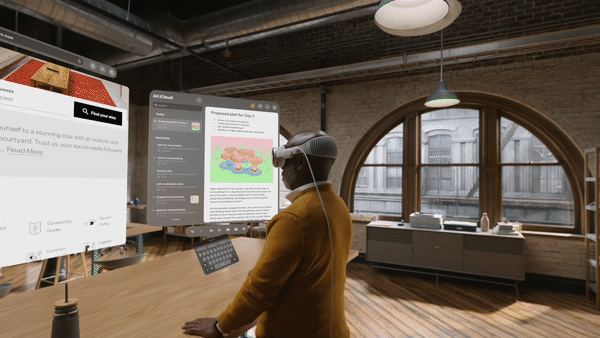
Apple Vision Pro also features EyeSight, an innovative feature that helps users stay connected to those around them. When a person is close to the person wearing the Vision Pro, the device feels transparent - allowing the user to see the person while also showing them the user's eyes on the outside of the headset. As the user is immersed in an environment or using an application, EyeSight provides visual cues on the front of the device to others that the user is paying attention.
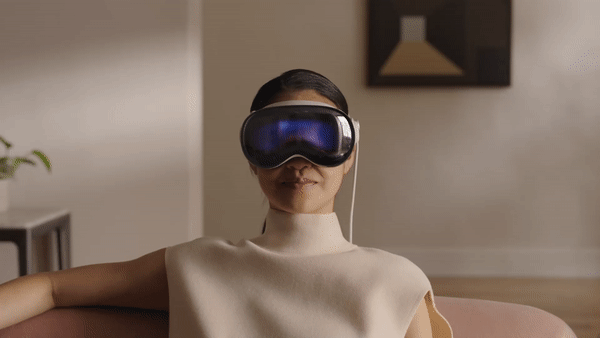
Visual professional design
The Vision Pro headset packs a lot of technology into a compact design. A single piece of three-dimensionally formed and laminated glass is polished to create an optical surface that acts as a lens for the various cameras and sensors needed to blend the physical world with digital content. According to the company, the glass flows into a custom aluminum frame, while the modular system allows for tailoring to suit a wide range of people. Made from soft textile, the Light Seal comes in a variety of shapes and sizes and flexes to fit the user's face for a precise fit. Flexible straps ensure audio remains close to the user's ears, while the headband - available in a variety of sizes - is three-dimensionally woven into one piece to provide cushioning, breathability and stretch. The strap is secured with a simple mechanism and can be easily replaced with another strap size or style.
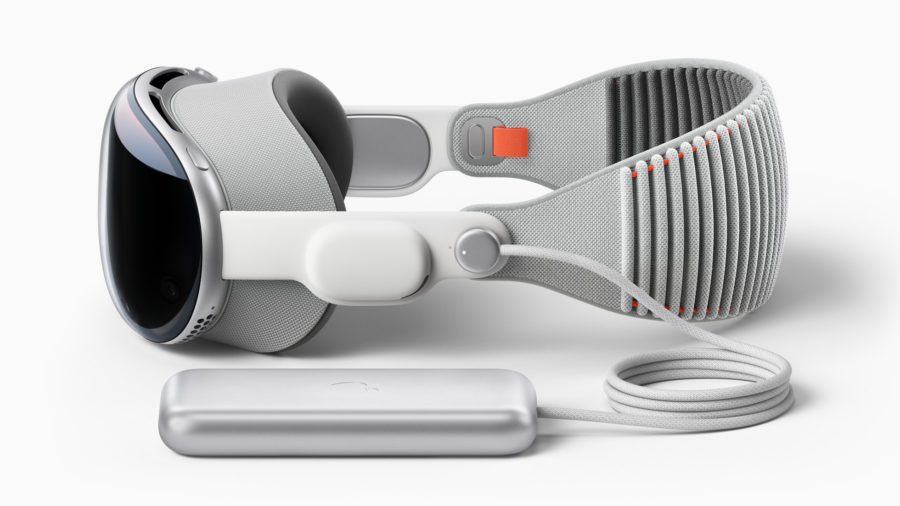
Apple says Vision Pro is designed to deliver extraordinary computing performance in a compact, wearable form factor. Vision Pro features an ultra-high-resolution display system based on Apple silicon chips, using micro-OLED technology to pack 23 million pixels into two displays, each about the size of a postage stamp, with wide color and high dynamic range . Custom catadioptric lenses enable clarity and clarity during the XR experience, and users with vision correction needs will be able to use ZEISS optical inserts to ensure visual fidelity and eye-tracking accuracy.
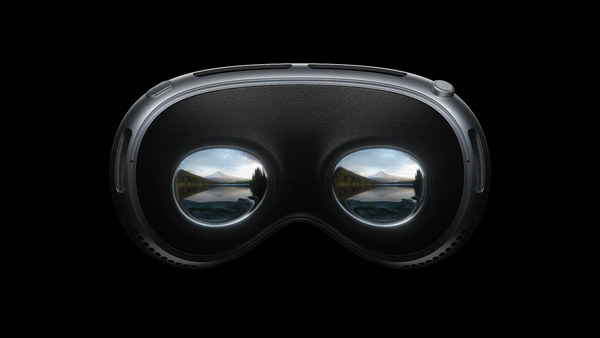
An advanced spatial audio system is at the heart of the Apple Vision Pro experience, creating the feeling that sounds are coming from the user's surroundings and matching sounds to the space. Two independent amplified drivers within each audio box provide personalized spatial audio based on the user's own head and ear geometry.
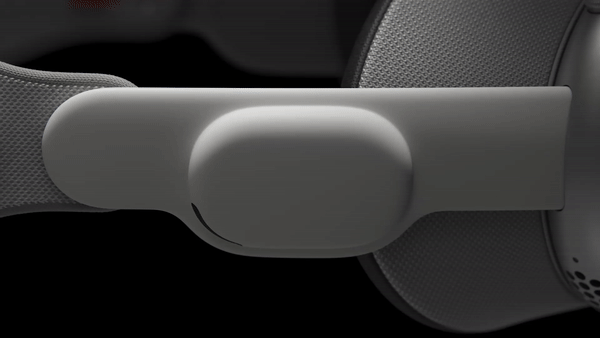
In addition to display and audio capabilities, Vision Pro includes a high-performance eye-tracking system that uses high-speed cameras and a ring of LEDs to project invisible light patterns onto the user's eyes for responsive, intuitive input .
These innovations are powered by Apple silicon with a dual-chip design. The device uses Apple's M2 chipset for standalone performance, while the new R1 chip handles input from the Vision Pro's 12 cameras, five sensors, and six microphones. According to Apple, the R1 can stream new images to the display in 12 milliseconds—eight times faster than the blink of an eye. Apple Vision Pro is designed for all-day use when plugged in, with up to two hours of use on its external high-performance battery.
Vision Pro Privacy and Security
Apple says Vision Pro is built on privacy and security and puts users in control of their data. Optic ID is a new secure authentication system that analyzes a user's iris under various invisible LED light exposures, then compares it to registered Optic ID data protected by a Secure Enclave to instantly unlock Apple Vision Pro . According to the company, a user's Optic ID data is fully encrypted, inaccessible to apps, never leaves their device, and is not ultimately stored on Apple servers.
Users' gaze remains private when browsing Apple Vision Pro, and eye tracking information is not shared with Apple or third-party applications or websites. In addition, data from cameras and other sensors is processed at the system level, so individual applications do not need to see the user's surroundings to enable spatial experiences. EyeSight also includes a visual indicator that lets others see at a glance when a user is taking photos or videos of the space.
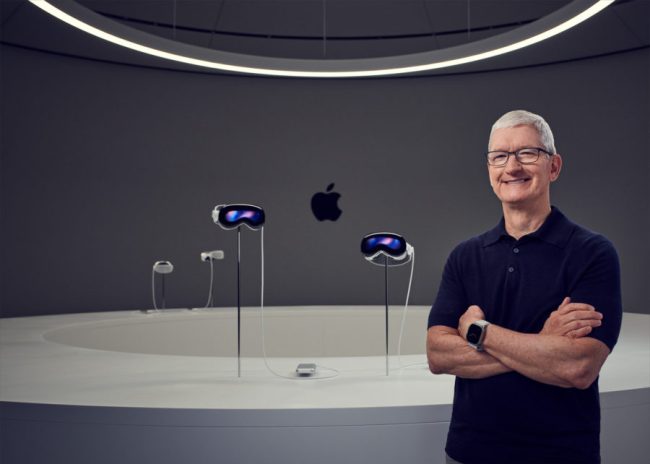
Commenting on today's announcement, Apple CEO Tim Cook said: "Today marks the beginning of a new era in computing. Just as the Mac introduced us to personal computing and the iPhone introduced us to mobile computing, Apple Vision Pro introduced us to spatial computing. Built on decades of Apple innovation, with a revolutionary new input system and thousands of groundbreaking innovations, Vision Pro is years ahead of the curve and unlike anything before it. Same. It delivers an incredible experience for our users and exciting new opportunities for our developers.”
"Creating our first space computer required invention in nearly every aspect of the system," added Mike Rockwell, Apple's Group Vice President of Technology Development. "Through tight integration of hardware and software, we have designed a space-independent computer in a compact, wearable form factor that is the most advanced personal electronic device ever created."
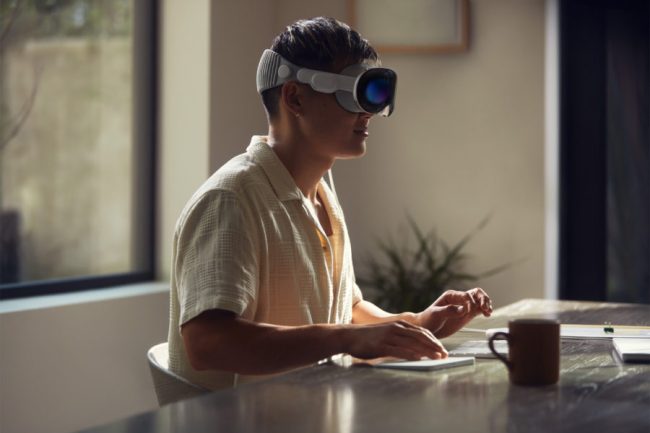
How much does Vision Pro cost?
Apple Vision Pro starts at $3,499 and will be available on apple.com and in Apple Stores in the U.S. in early 2024, and in more countries later next year. Customers will be able to learn about, experience and personalize their fit for Vision Pro at an Apple Store. For more information about Vision Pro, please visit apple.com/apple-vision-pro.
To watch the full WWDC keynote, click here.
Image/video source: Apple
Related posts



